When movies were first introduced in the late 1800's, they were silent. Three decades later, the invention of synchronized soundtracks satisfied our natural desire to hear what is seen. Soundtracks unleashed a wave of creativity in filmmaking that transformed the audience experience. ET would not be the same without the famous score. Jaws would just be a silly robotic fish rather than a movie that kept people out of the water. Today, it's hard to imagine movies without sound. Sound made movies whole.
Television is undergoing an analogous transformation. Although we sometimes watch with family or friends, we mostly experience TV in relative social isolation. We are disconnected from most of the people watching with us, deaf to the roar of the crowd during a game or the laughter of the audience after a punch line. We have learned to suppress our urge to talk about what moves us, settling instead for chance meetings at the water cooler the day after.
But all that has changed with the sudden rise of realtime social media, particularly Twitter. Just in the United States, tens of millions of people are talking to each other as they watch TV. This year's Super Bowl alone spurred over 24 million tweets. After 80 years of sequestered viewing, television audiences worldwide have forged Twitter into a social soundtrack for TV. If you are not part of the soundtrack yet, chances are that you will be soon.
I personally felt the impact of the social soundtrack last year as my wife Rupal and I watched the second U.S. presidential debate. When Mitt Romney blurted out "binders full of women," I recognized he had said something offensive but I wondered, just how bad was that? Rupal thought it was really bad, but I was less sure. Then I glanced down at my phone and saw my Twitter feed light up with negative reactions. In that instant, my mind was made up: realtime social influence nudged me to conclude that far from a harmless slip of the tongue, Romney had inadvertently provided a glimpse of his troubling position on gender equality. I had no need for post-debate pundits to opine on the matter, my social network settled the issue. During that same debate just a few minutes later I found myself asking, "Did President Obama really just say gangbanger?" Rupal was not so sure. In a moment I had my answer in a tweet (*): "Prediction: we will soon learn about binders full of gangbangers." I read the tweet to my wife, we shared a laugh, and so the social soundtrack flowed naturally into our home, making our TV experience whole.
While this exemplifies the social soundtrack's impact on live TV viewing, it's also perceptible before and after a show airs. Hearing chatter about a show is becoming a common way to discover new programs and decide what to watch. After a show airs, social commentary often spills over for hours if not days. As a result, content creators, TV networks, and advertisers have new opportunities to engage their audience over longer spans of time.
As I recently wrote, this shift in audience behavior is driving deep changes in the global media landscape:
We are witnessing the creation of a fundamentally new mode of human communication. One-way broadcast TV has been augmented with millions of real-time audience feedback signals that are shaping audience decisions of what to watch and how to interpret what they see. This new force promises to redefine how political campaigns of the future will be won, how marketers will sell, and over time this mass-interactive medium will give rise to new forms of news and entertainment.
Although audience voices predominantly fill the social soundtrack, there is ample room for all constituents of the TV ecosystem to join the conversation. Marketers are experimenting with campaigns that seamlessly span TV and Twitter. Integrating hashtags into TV ads leads TV audiences to participate in authentic conversations about brands and products. Marketers are using Twitter for realtime response to TV -- see Oreo. In the future, marketers will be able to synchronize and coordinate their messaging automatically at scale across TV and Twitter to provide the combined benefits of TV's sight, sound, and motion with social media's contextualized targeting and canvas for authentic engagement.
Most exciting for me, however, is the future of content creation. What new TV shows will be created from the ground up to leverage the social soundtrack? What will be the Jaws or ET of social TV? What yet-to-be-invented genres of content will emerge? As social TV finds its stride, we'll gradually forget that TV ever existed in a social vacuum. Just as the distinction between movies and "talkies" faded as sound became an expected part of movies, we will shift from "social TV" back to just "TV" and simply expect all TV to include a social soundtrack. At that point, a deep transformation of TV will be complete.
(*) This tweet came from Brian Bedol, Bluefin Labs investor and board member. Coincidentally, it was Brian who first suggested to me the analogy of realtime social media as a soundtrack for TV.